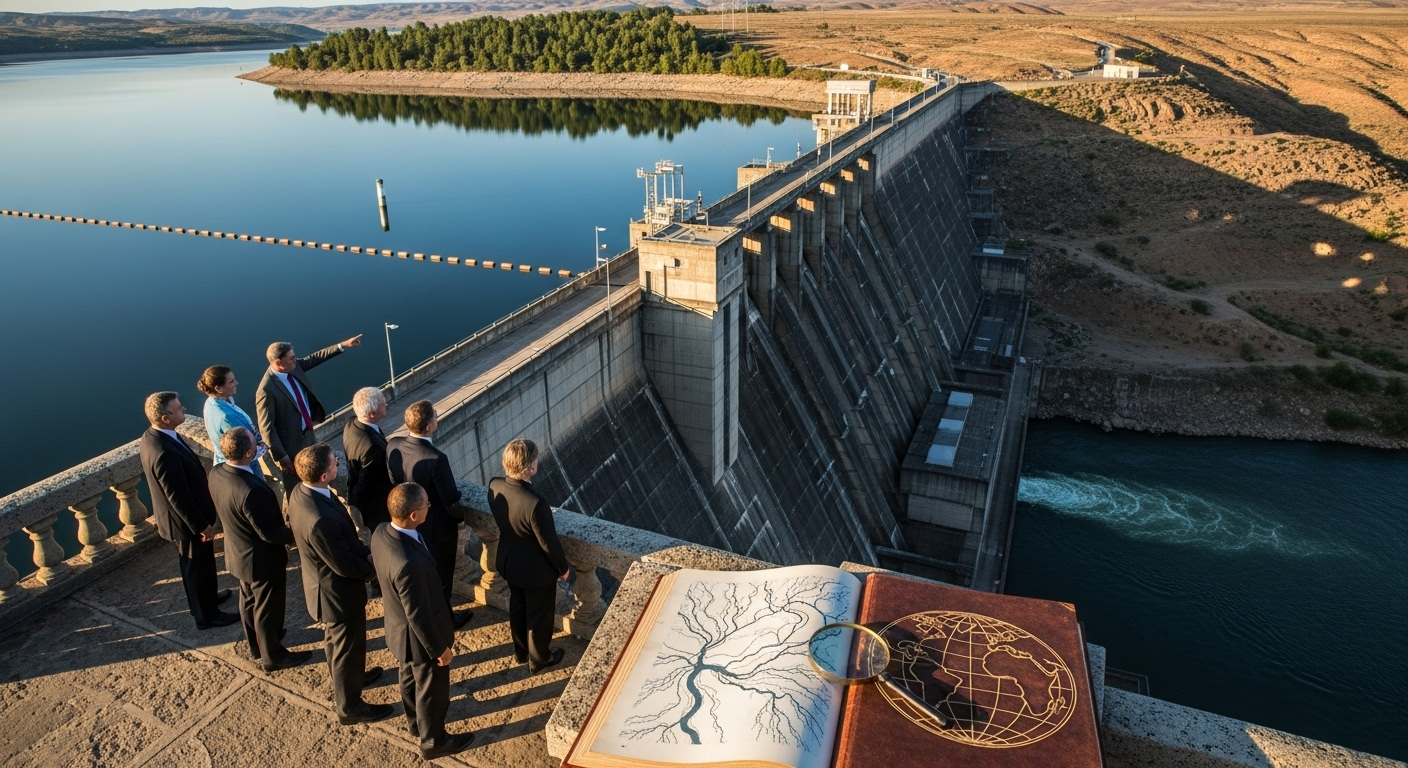Navigating the Complexities of International Water Law
Introduction: In an era of increasing water scarcity and cross-border tensions, international water law has emerged as a critical field shaping global diplomacy and resource management. This article delves into the intricate world of transboundary water governance, exploring its evolution, key principles, and the challenges that lie ahead in ensuring equitable water distribution among nations.

Key Principles Governing Transboundary Waters
Several fundamental principles underpin international water law. The doctrine of absolute territorial sovereignty, also known as the Harmon Doctrine, initially gave states complete control over waters within their borders. However, this has since evolved into the principle of limited territorial sovereignty, recognizing the rights of both upstream and downstream countries. The concepts of equitable and reasonable utilization, as well as the obligation not to cause significant harm, now form the cornerstone of modern transboundary water management.
The Role of International Organizations and Treaties
International organizations play a crucial role in shaping and implementing water law. The United Nations, through its various bodies, has been instrumental in developing legal frameworks and facilitating cooperation. Regional organizations like the European Union have also made significant contributions, particularly through the EU Water Framework Directive. Bilateral and multilateral treaties, such as the Indus Waters Treaty between India and Pakistan, demonstrate how international water law principles can be applied to specific river basins.
Challenges in Implementing International Water Law
Despite the existence of legal frameworks, implementing international water law remains challenging. Climate change is exacerbating water scarcity, leading to increased competition for resources. Differing interpretations of legal principles and the lack of enforcement mechanisms often hinder effective cooperation. Additionally, power imbalances between upstream and downstream countries can lead to inequitable water sharing arrangements, raising questions about the effectiveness of current legal mechanisms.
The Future of International Water Law
As global water demand continues to rise, international water law must evolve to address new challenges. Emerging concepts like the human right to water are reshaping legal discussions. The integration of environmental concerns, such as the protection of aquatic ecosystems, is becoming increasingly important. Furthermore, the development of more robust dispute resolution mechanisms and the incorporation of new technologies for water management are likely to shape the future landscape of international water law.
Conclusion
International water law stands at the intersection of diplomacy, environmental stewardship, and human rights. As the world grapples with the complexities of managing shared water resources in an era of climate change and population growth, the importance of this field cannot be overstated. By understanding its principles and challenges, we can work towards more equitable and sustainable management of the world’s most precious resource. The evolution of international water law will undoubtedly play a crucial role in shaping global cooperation and conflict resolution in the years to come.





